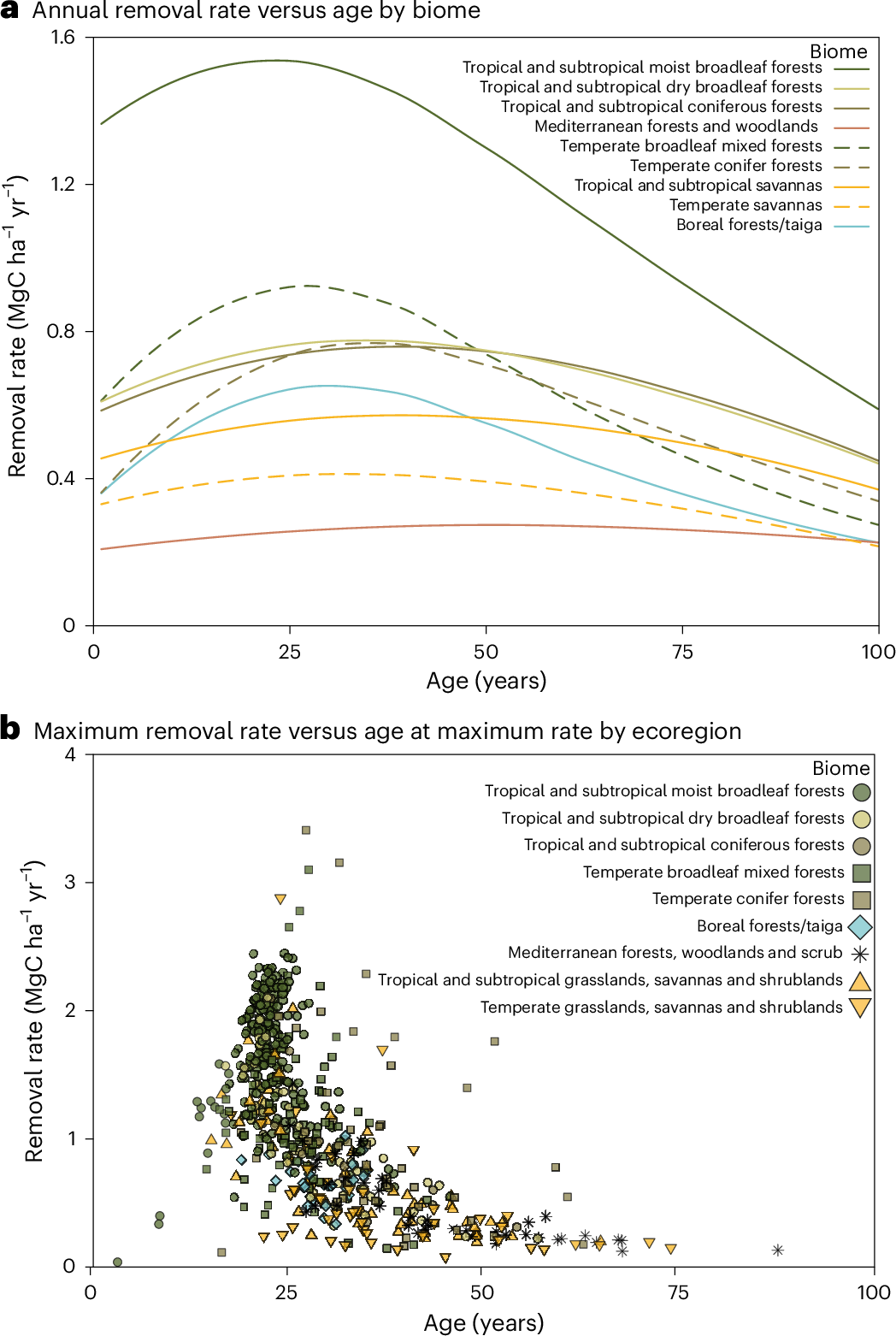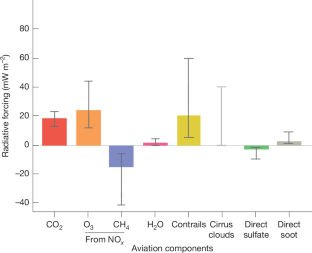2025-07-02 トロント大学(U of T)
<関連情報>
- https://www.utoronto.ca/news/u-t-astronomers-develop-ai-model-determine-stars-ages
- https://iopscience.iop.org/article/10.3847/1538-4357/adcd73
クロノフロー:ジャイロクロノロジーのためのデータ駆動型モデル ChronoFlow: A Data-driven Model for Gyrochronology
Phil R. Van-Lane, Joshua S. Speagle (沈佳士), Gwendolyn M. Eadie, Stephanie T. Douglas, Phillip A. Cargile, Catherine Zucker, Yuxi (Lucy) Lu, and Ruth Angus
The Astrophysical Journal Published: 2025 June 6
DOI:0.3847/1538-4357/adcd73

Abstract
Gyrochronology is a technique for constraining stellar ages using rotation periods, which change over a star’s main-sequence (MS) lifetime due to magnetic braking. This technique shows promise for MS FGKM stars, where other methods are imprecise. However, the observed dispersion in rotation rates for similar coeval stars has historically been difficult to characterize. To properly understand this complexity, we have assembled the largest standardized data catalog of rotators in open clusters to date, consisting of ≈ 7600 stars across 30 open clusters/associations spanning ages of 1.5 Myr to 4 Gyr. We have also developed ChronoFlow: a flexible data-driven model that accurately captures observed rotational dispersion. We show that ChronoFlow can be used to accurately forward-model rotational evolution, and to infer both cluster and individual stellar ages. We recover cluster ages with a statistical uncertainty of 0.06 dex (≈15%), and individual stellar ages with a statistical uncertainty of 0.7 dex. Additionally, we conducted robust systematic tests to analyze the impact of extinction models, cluster membership, and calibration ages. These contribute an additional 0.06 dex of uncertainty in cluster age estimates, resulting in a total error budget of 0.08 dex. We apply ChronoFlow to estimate ages for M34, NGC 2516, NGC 6709, and the Theia 456 stellar stream. Our results show that ChronoFlow can precisely estimate the ages of coeval stellar populations, and constrain ages for individual stars. Furthermore, its predictions may be used to inform physical spin-down models. ChronoFlow is publicly available online (https://github.com/philvanlane/chronoflow).



